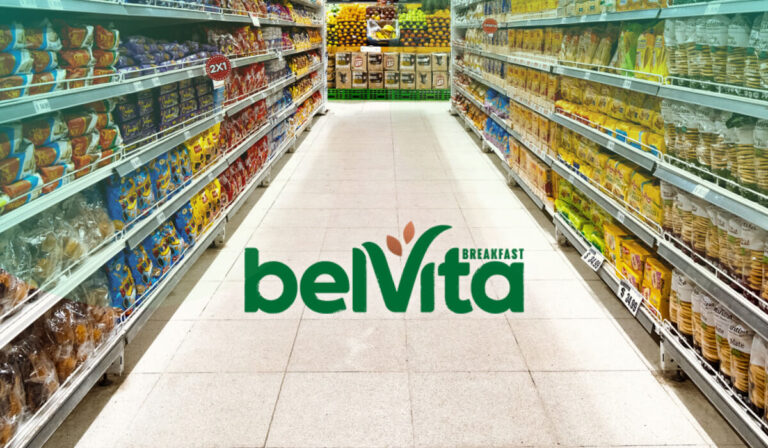Want to know how CPG manufacturers can scale location targeting to increase store trips and sales? Here’s a hint: Putting all your money on radial or proximity targeting is so last year.
It’s a new year, and that presents a new opportunity to make the most of your ad dollars. This is the time to ask yourself what’s really going to produce more store trips and higher sales, and to modify your strategy in a way that achieves both.
When your goal is to use location data to identify and target shoppers in the physical world, you’ve got a lot of options. More often than not, though, CPG brands are still relying on proximity targeting, reaching people around a radius of a specific location, as their sole location tactic.
In many ways that’s understandable: with no physical footprint to speak of, CPGs must drive customers to partner retailer stores. And if they’re going to invest in location targeting, they reason that the reach and scale of radial or proximity targeting will do the trick. Our data shows that about 80% of impressions for CPG campaigns are tired to radial or proximity targeting. But there’s a problem with this approach. This tactic may be simple and scalable, but it’s rarely the most effective way to drive store trips and generate CPG product sales.
Odds are good that your objective isn’t just to reach more people, but to reach the right people. Targeting around a radius of a specific location will expand your reach, but many of your impressions will be wasted on consumers who can’t get to your products. It could be that they’re too far away from a store location, or that they’re blocked by a body of water or some other barrier that impedes access. It also doesn’t integrate key points of interest that may be indicators of intent, either. With proximity targeting alone, CPG brands are often stuck launching their campaigns and hoping for the best.
There’s a better way. With location data increasingly prevalent, companies like GroundTruth can identify and target more physical locations than ever before thanks to technologies like Blueprints and Location Verification. Introducing techniques that are both more accurate and more effective into your campaigns can really help you maximize your ad dollars. How so? Check out these best practices for yourself.
Neighborhoods
With GroundTruth Neighborhoods, brands can reach residential areas with a large concentration of shoppers who frequent specific stores. In CPG campaigns, third party measurement partners have validated that Neighborhoods can generate 5X the lift in store trips when compared with radial or proximity targeting alone.
Location Based Audiences
Our Location Based Audiences identify your target shopper by leveraging a person’s past location behavior linked to a specific store or point of interest. It’s also been proven by third party measurement firms to drive nearly 9X the number of store trips in CPG campaigns when compared with radial or proximity targeting alone.
There’s no doubt about it: Using these location tactics will get your shoppers through the door. That isn’t to say proximity targeting doesn’t have value, but our data shows that CPGs see the best results in terms of store trips and sales lift when they use multiple location tactics rather than proximity targeting on its own. For example, we measured sales lift performance by tactic across multiple campaigns for a leading beverage company and found that using a combination of Location Based Audiences and proximity targeting increased sales lift by 21%.
Smartphones deserve smart campaigns, right? Combining location tactics to reach consumers at multiple points in the path to purchase is by far the most effective way to meet your goals for 2018.
It’s time to take a closer look at location data and its role in your marketing strategy. For more information on Neighborhoods and Location Based Audiences, contact our team today.







